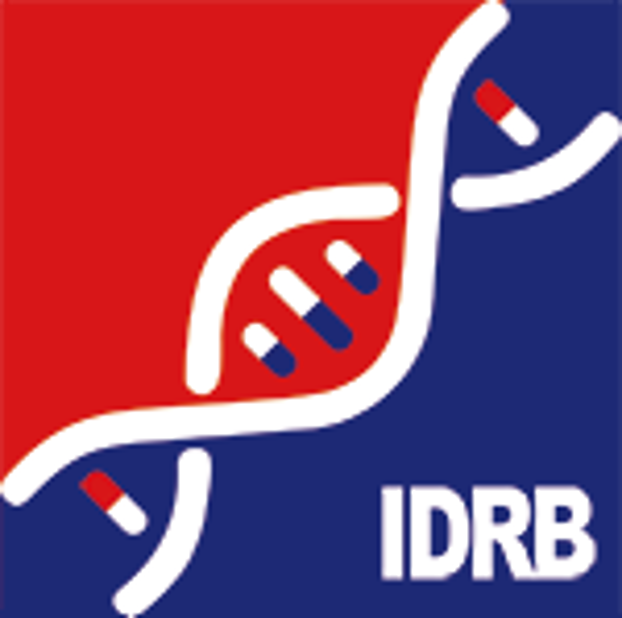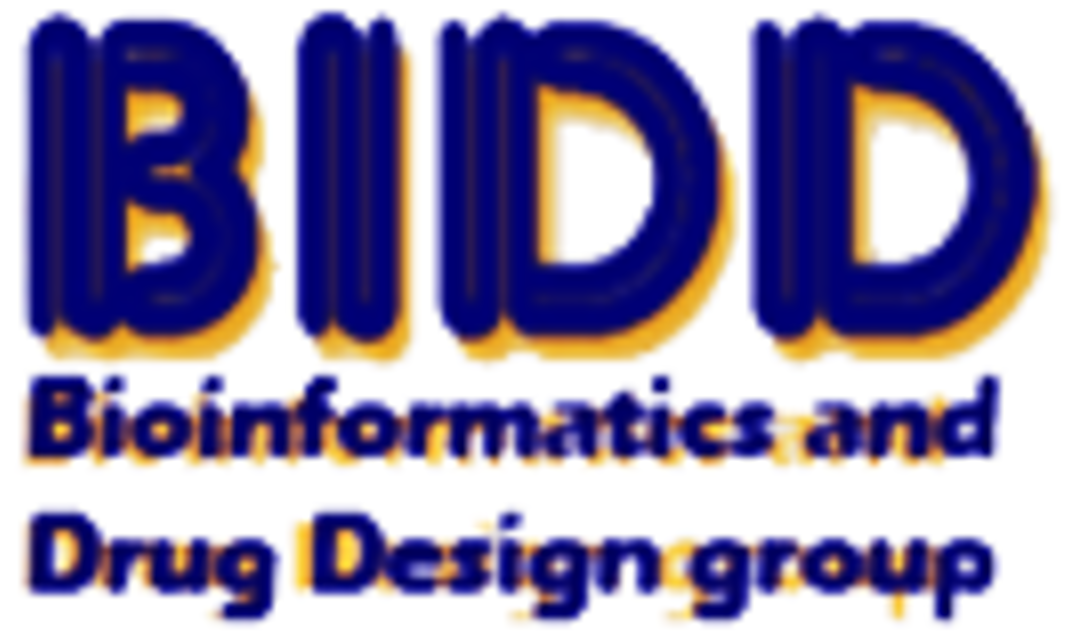| References |
Top |
| REF 1 |
PP1 inhibitor induces degradation of RETMEN2A and RETMEN2B oncoproteins through proteosomal targeting. Cancer Res. 2003 May 1;63(9):2234-43.
|
| REF 2 |
Differential recruitment of E3 ubiquitin ligase complexes regulates RET isoform internalization. J Cell Sci. 2017 Oct 1;130(19):3282-3296.
|
| REF 3 |
Distinct turnover of alternatively spliced isoforms of the RET kinase receptor mediated by differential recruitment of the Cbl ubiquitin ligase. J Biol Chem. 2005 Apr 8;280(14):13442-9.
|
| REF 4 |
The oncogenic versions of the Ret and Trk tyrosine kinases bind Shc and Grb2 adaptor proteins. Oncogene. 1994 Jun;9(6):1661-8.
|
| REF 5 |
EGFR mediates activation of RET in lung adenocarcinoma with neuroendocrine differentiation characterized by ASCL1 expression. Oncotarget. 2017 Apr 18;8(16):27155-27165.
|
| REF 6 |
The mammalian-membrane two-hybrid assay (MaMTH) for probing membrane-protein interactions in human cells. Nat Methods. 2014 May;11(5):585-92.
|
| REF 7 |
In silico prediction of physical protein interactions and characterization of interactome orphans. Nat Methods. 2015 Jan;12(1):79-84.
|
| REF 8 |
Central role of the threonine residue within the p+1 loop of receptor tyrosine kinase in STAT3 constitutive phosphorylation in metastatic cancer cells. Mol Cell Biol. 2004 Nov;24(21):9390-400.
|
| REF 9 |
Activation of signal transducer and activator of transcription 3 by oncogenic RET/PTC (rearranged in transformation/papillary thyroid carcinoma) tyrosine kinase: roles in specific gene regulation and cellular transformation. Mol Endocrinol. 2003 Jun;17(6):1155-66.
|
| REF 10 |
MEN2A-RET-induced cellular transformation by activation of STAT3. Oncogene. 2001 Aug 30;20(38):5350-8.
|
| REF 11 |
Using an in situ proximity ligation assay to systematically profile endogenous protein-protein interactions in a pathway network. J Proteome Res. 2014 Dec 5;13(12):5339-46.
|
| REF 12 |
The multiple endocrine neoplasia type 2B point mutation switches the specificity of the Ret tyrosine kinase towards cellular substrates that are susceptible to interact with Crk and Nck. Oncogene. 1997 Nov 6;15(19):2257-65.
|

